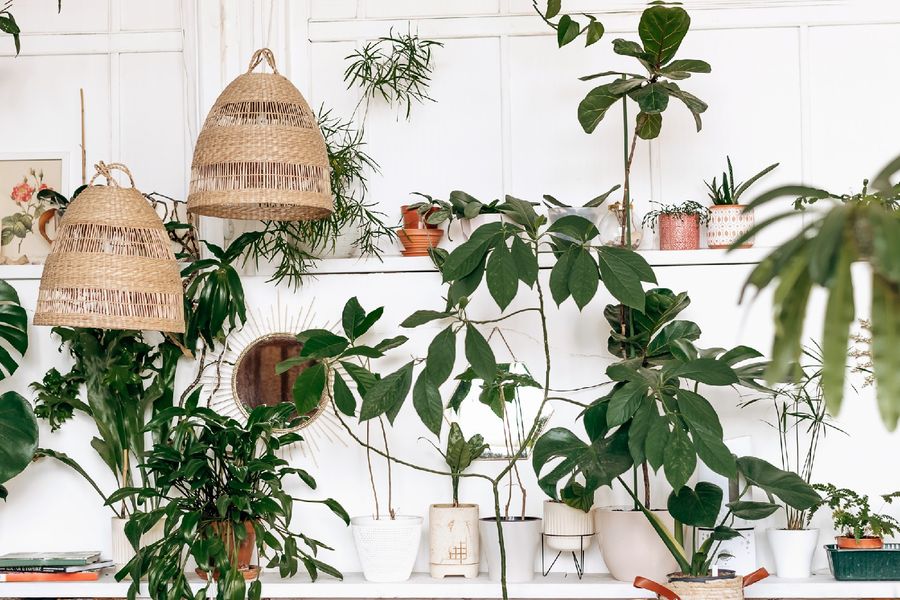Cold Frame Gardening Could Be Your Secret to Growing Veggies Year-Round
Imagine stepping outside on a crisp winter morning and picking fresh greens or root vegetables right from your garden. With cold frame gardening, this dream can become a reality. This simple yet effective gardening technique extends your growing season, allowing you to cultivate fresh produce even in the chilliest months. Here’s how you can unlock the potential of cold frame gardening and enjoy homegrown veggies all year long.

What is a Cold Frame?
A cold frame is a low-tech, unheated outdoor structure designed to protect plants from frost, snow, and cold temperatures. Typically, it consists of a wooden or metal frame topped with a clear covering made of glass or plastic. This covering traps heat from the sun, creating a microclimate that’s several degrees warmer than the surrounding environment.
Cold frames are versatile and can be used to:
Extend the growing season in spring and fall.
Protect tender seedlings or overwinter hardy plants.
Start seeds earlier than you could directly in the ground.
Why Choose Cold Frame Gardening?
Here are some compelling reasons to incorporate a cold frame into your gardening routine:
Year-Round Harvests: Cold frames make it possible to grow hardy crops like kale, spinach, carrots, and lettuce throughout the winter.
Eco-Friendly: By growing your own food year-round, you reduce the need for store-bought produce, which often comes with a hefty carbon footprint.
Cost-Effective: Cold frames are inexpensive to build and maintain. Many gardeners use repurposed materials like old windows to construct their frames.
Low Maintenance: Unlike greenhouses, cold frames don’t require electricity or complex systems to function. Their simplicity is part of their charm.

Setting Up Your Cold Frame
Building a cold frame doesn’t require advanced carpentry skills. Here’s a basic guide to get started:
Choose the Right Location: Pick a sunny spot with good drainage. Southern-facing areas are ideal for maximizing sunlight exposure.
Select Materials: Use wood, bricks, or cinder blocks for the frame. For the lid, repurpose old windows or clear plastic panels.
Angle the Lid: Position the lid at a slight angle to catch maximum sunlight and allow rain or snow to slide off.
Insulate for Winter: Add straw or leaves around the outside of the frame for extra insulation during freezing temperatures.
Best Crops for Cold Frame Gardening
Certain crops thrive in the protected environment of a cold frame. Consider planting:
Leafy Greens: Spinach, arugula, chard, and kale.
Root Vegetables: Carrots, radishes, and turnips.
Herbs: Parsley, cilantro, and chives.
Cold-Hardy Veggies: Cabbage, broccoli, and Brussels sprouts.

Maintenance Tips for Success
To keep your cold frame garden productive, follow these tips:
Ventilation: On sunny days, prop the lid open slightly to prevent overheating.
Watering: Monitor soil moisture, but don’t overwater—the enclosed space retains humidity.
Pest Management: Regularly check for pests and remove any debris that could attract them.

Reap the Benefits of Cold Frame Gardening
Cold frame gardening is a game-changer for anyone passionate about growing their own food. It’s a sustainable, cost-effective, and rewarding way to enjoy fresh vegetables regardless of the season. Whether you’re a seasoned gardener or just starting out, cold frames offer a manageable project with delicious results.
So, why wait? Embrace cold frame gardening and enjoy the satisfaction of harvesting your own veggies year-round.















































